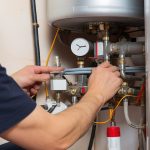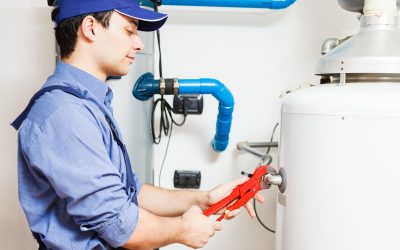Produced water from fracking comes up in large volumes when the hydraulic fracturing of rock to produce oil and gas happens. The water that comes up is often contaminated with various chemicals and naturally radioactive minerals as well. The only know cost effective method of produced water disposal is by injecting it into disposal wells that go far beneath the earth’s surface. Other methods that exist though have not been found to be as cost effective as this one. That said, the world cannot afford to keep using fresh water without thinking about its conservation. As such, oil and gas producers are being forced to think of technology that they can use to recycle and reuse this water.
Before the water can be recycled it needs to be cleaned so that it can be able to frac properly. In addition, it cannot be dumped as is into the rivers or oceans because it will contaminate these sources of water. Cleansing technologies are employed to make sure that it is clean before it can be reused or released into the environment. Hi-tech membranes are used to selectively filter it instead of the old method of boiling and evaporating and condensing the water in order to separate it from the minerals and salts.
Current technologies used in cleaning this water can be used alone or along with other methods for better results. Some of them include the use of membranes, selective ion precipitation, and filtration. With the selective ion precipitation, the heavy metals precipitate and fall from the water. Sometimes there is a row if technologies that can be used. First you bubble out the gas, use chemicals to reduce acidity, filter it and finally use membranes and pressure to remove contaminants and salts. A combination such as this one will go a better job of removing the contaminants that are often found in produced water.
There are several complications that can arise even as you carry out your process. For example, the membranes do not do well under harsh conditions that tend to be created by the tainted waters. High alkalinity or acidity and even high salinity levels can make them ineffective. Once the water has been cleaned out, some of it is recycled while the rest goes through other produced water disposal procedures such as being released into the ocean, estuaries or rivers. It must be environmentally safe before it can be discharged into these places.
Produced water disposal is a major concern for most oil and gas producers. The water must be carefully treated using various technologies before discharge into the environment.
Click here to find additional information








